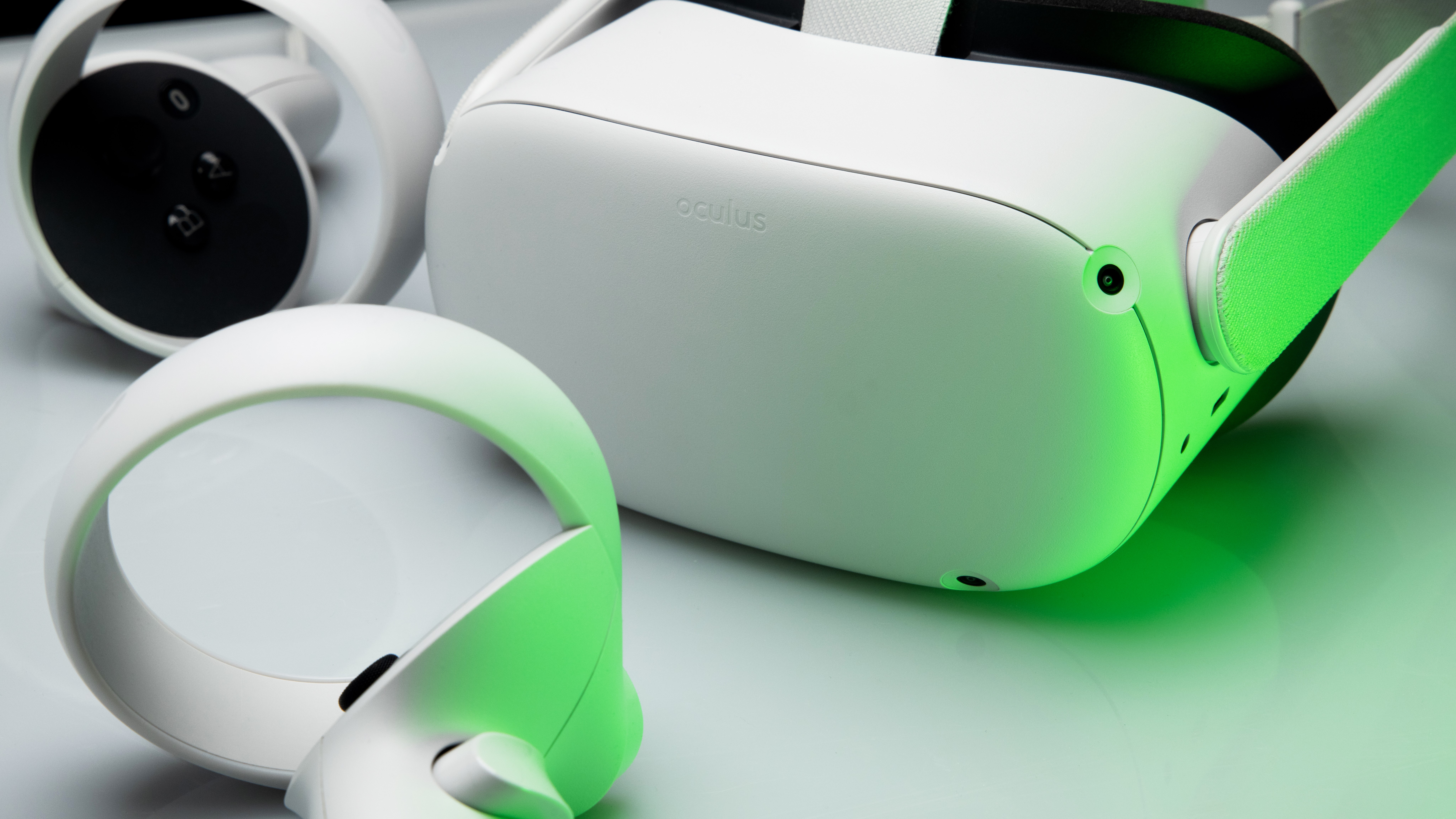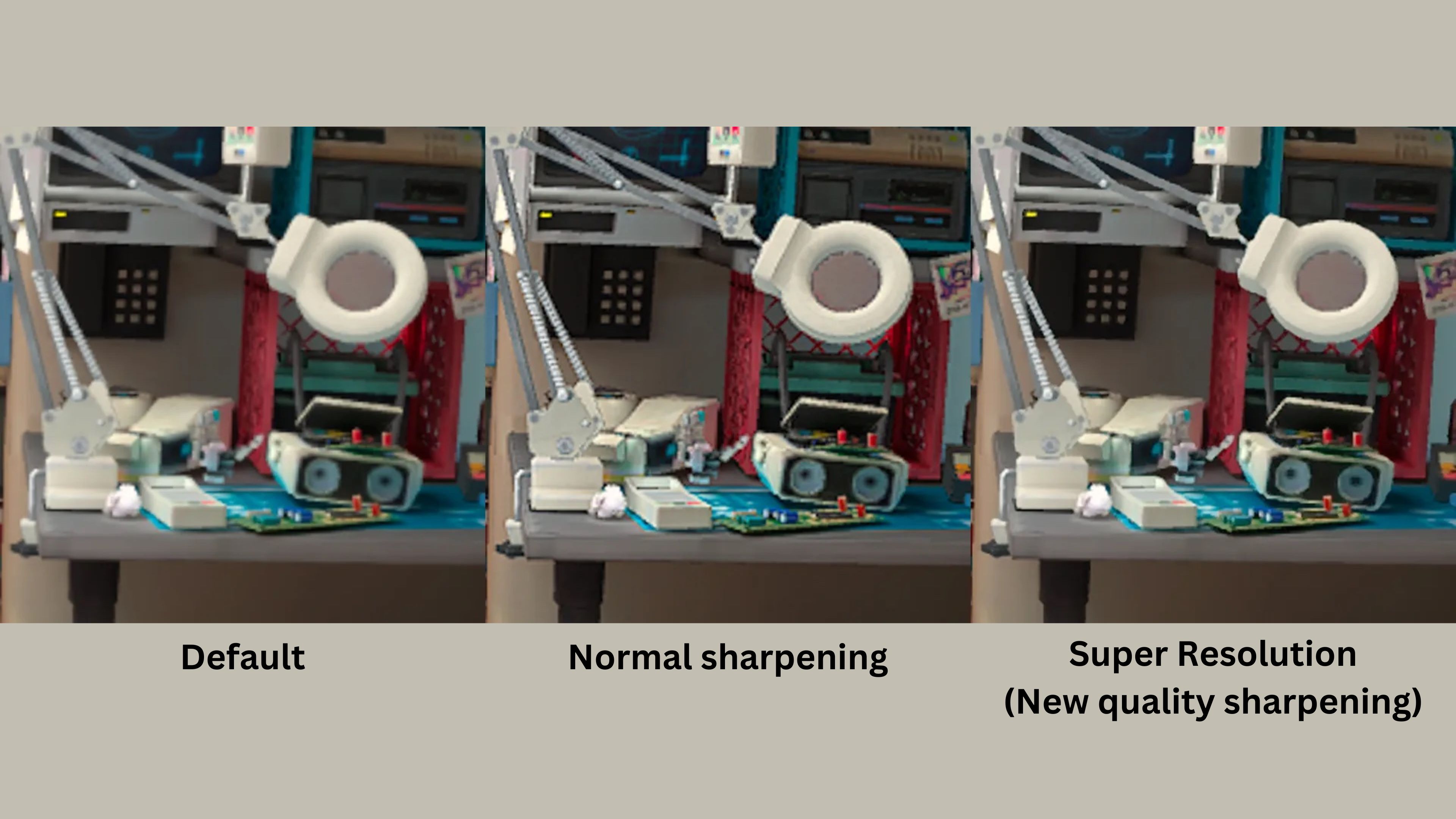Huge visual enhancements could be coming to your favorite Oculus Quest 2 software
Quest Super Resolution is here

Your favorite VR games and apps’ visuals could soon be sharper than ever as Meta is unlocking a new resolution-boosting tool for developers.
Developed in collaboration with Qualcomm – the manufacturer of the Snapdragon chips used by Meta’s headsets – Quest Super Resolution upscaling tool promises to boost image quality and deliver a smoother experience. So expect the best VR games and apps to have sharper images, and be running at higher framerates on your Oculus Quest 2 and Meta Quest Pro than they did before the upgrade.
The Quest Super Resolution upgrade follows a major boost to the CPU and GPU performance of Meta’s headsets that came last month in June 2023. Both the Quest 2 and Quest Pro’s CPUs saw a 26% speed boost last month, while the Quest 2 and Quest Pro’s GPUs got a performance boost of 19% and 11% respectively.
Meta was able to achieve these upgrades via a software patch rather than releasing new hardware because it has allowed the existing components to run at higher clock speeds. To avoid the systems getting too hot while you’re wearing them, the Quest headsets’ components were underclocked – read: their maximum performance is held back compared to what it should be able to do running normally. June’s update removed some of these limitations, with Meta likely deciding it was being a bit too conservative with its underclocked approach.
Thanks to Quest Super Resolution, developers have a new way to utilize the Quest system’s improved GPU capabilities. But we’ll have to wait for them to implement Super Resolution into their software before we see any improvements in the VR software we love.
How does Meta Quest Super Resolution work?
Meta’s blog post gets a little jargon-heavy in its “What is Meta Quest Super Resolution?” section – calling it a “single-pass spatial upscaling and sharpening technique.” What you need to know is that upscaling is a way to get better visual quality out of your hardware without sacrificing performance.

In general, upscaling works by having a GPU render an image at a lower resolution (say, 1080p or full-HD) and then using tricks to scale it up to a higher one (like 4K, or even 8K). While an upscaled image typically won’t look as crisp as one rendered at the target resolution, it’s a lot less taxing for a GPU to create an upscaled image – as such it can usually run upscaled software at a higher framerate.
Get daily insight, inspiration and deals in your inbox
Sign up for breaking news, reviews, opinion, top tech deals, and more.
Higher smoother framerates are a must-have for VR apps. If the visuals are choppy, or run below a minimum of 90fps, that’s when wearing a headset can make you feel motion sick.
Meta Quest Super Resolution's upscaling algorithm has a few special tricks up its sleeves, too. The highest setting can apparently greatly reduce artifacts caused by upscaled objects blurring into one another at their edges. You can see this in the image above, the Super Resolution image looks the most crisp, with well-defined edges to the objects in the complex scene.
Want to learn more about upscaling? Check out our Nvidia DLSS vs AMD FSR piece to learn about how these two technologies stack up against one another.

Hamish is a Senior Staff Writer for TechRadar and you’ll see his name appearing on articles across nearly every topic on the site from smart home deals to speaker reviews to graphics card news and everything in between. He uses his broad range of knowledge to help explain the latest gadgets and if they’re a must-buy or a fad fueled by hype. Though his specialty is writing about everything going on in the world of virtual reality and augmented reality.